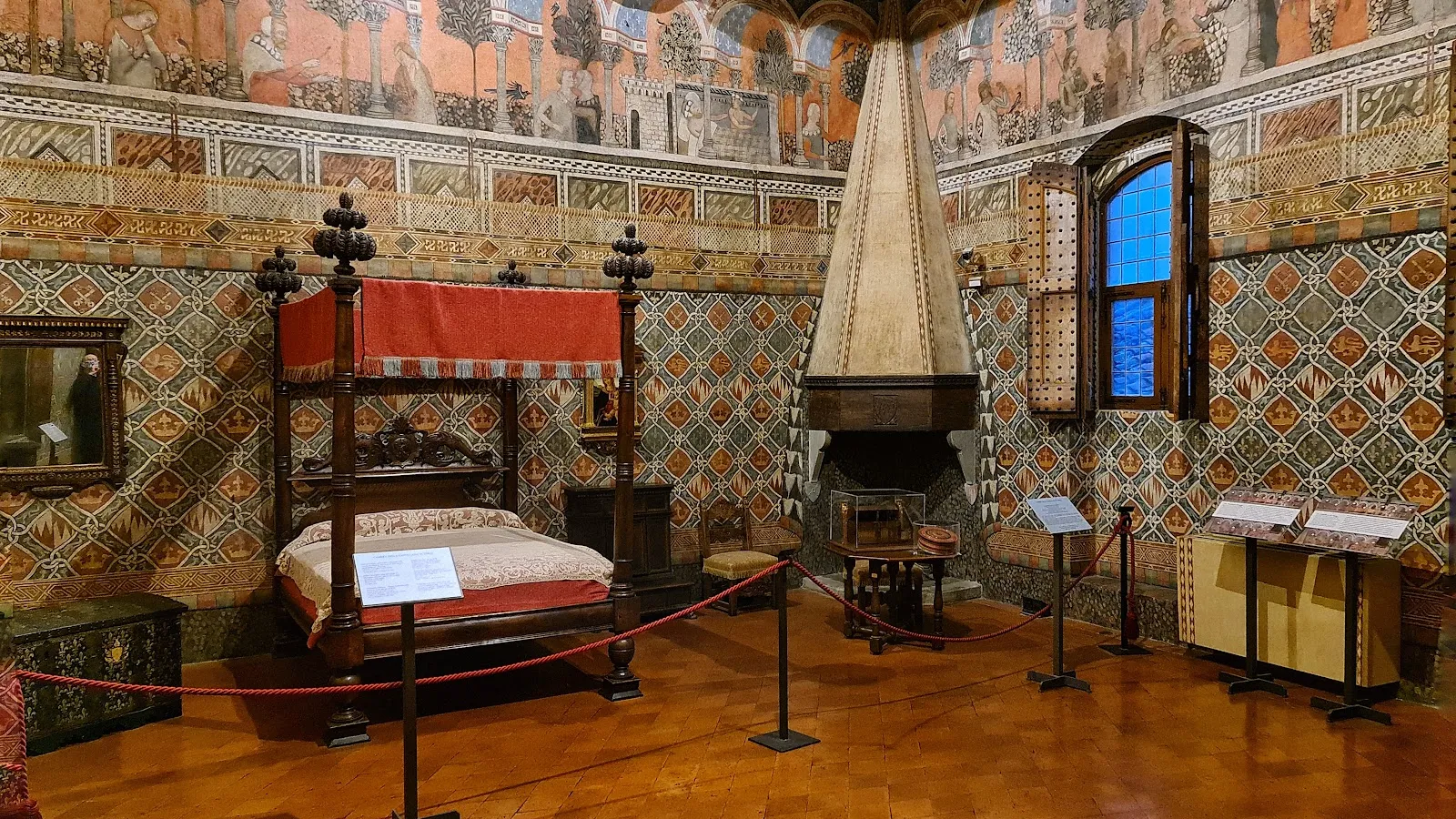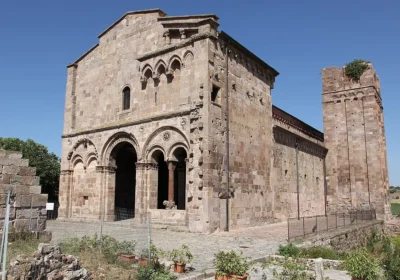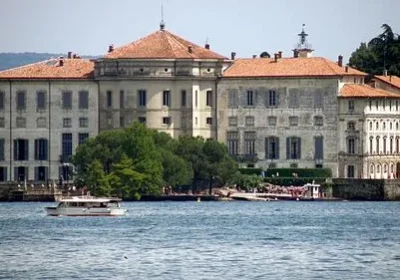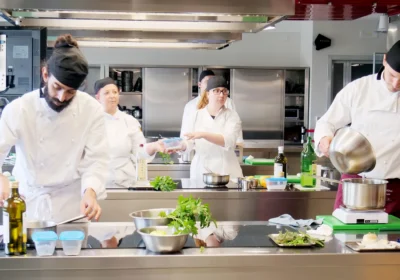Palazzo Davanzati.
Children of all ages love fascinating tales of fearless knights and beautiful princesses. The best way to instil a love of history in your child is to visit Palazzo Davanzati, which is an eloquent testament to the life and lifestyle of noble, wealthy Florentine families of the Renaissance. The majesty and luxury of the interiors of the palace, built in the XIV century, will undoubtedly win the hearts of young guests: in the halls there is massive oak furniture, ancient carved chests, antique crockery. It is very informative to leisurely look at and study the quirky household items, the beautifully preserved frescoes, the furnishings in the bedrooms, bathrooms and children’s rooms, feeling the atmosphere of bygone times.
The Palace of Davanzati is often called the cherry on the cake of Florence and is a must-see if you want to experience the spirit of the Italian Middle Ages. The house dates back to the 14th century, the Davanzati family acquired it in the 16th century and owned it for 300 years.
In 1838 the last member of the noble family committed suicide and the building was bought by the antiques enthusiast E. Volpi. For the next century it was sold from hand to hand and was about to be demolished, but in the 50s of the XX century the building became a state building and since then it has been a museum.
The uniqueness of the palace is that inside everything has been preserved as it was 500 years ago.
The façade of the palazzo Davanzati is made of brown limestone. The building has four floors, counting from the second. The ground floor, or zero floor in Italian, has three huge openings covered with wooden shutters, used to pass through to the courtyard and deliver supplies. A graceful arched staircase in the centre of the house leads to the real world of Florentine nobility.
Of particular interest are the wooden ceilings, sumptuous fireplaces, carved furniture, chests, crockery, linen, wall paintings, tapestries and terracotta floors.
The next floors are occupied by living quarters – front rooms in loggias, bedrooms and powder rooms. The domestic convenience of the palace is striking. For example, the loggias have a rope lift and access to a well. The palazzo was heated with cookers, fireplaces and air ducts. The kitchen on the 3rd floor already had a metal butter churn, juicer and dough mixer. In the Davanzati Museum you can see what was eaten and what was worn in the XIV-XVII centuries, learn about the intricacies of life and everyday details. There is also an exhibition of ceramics and lace.
Open all days

















